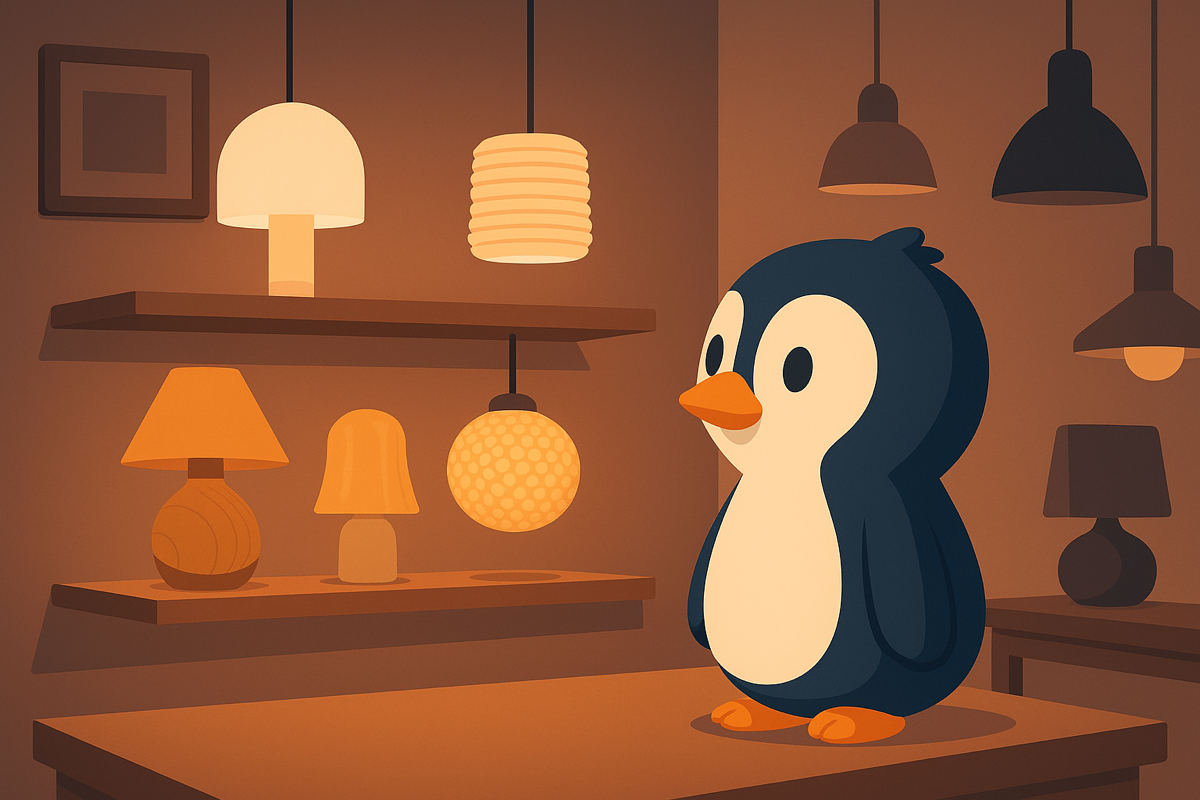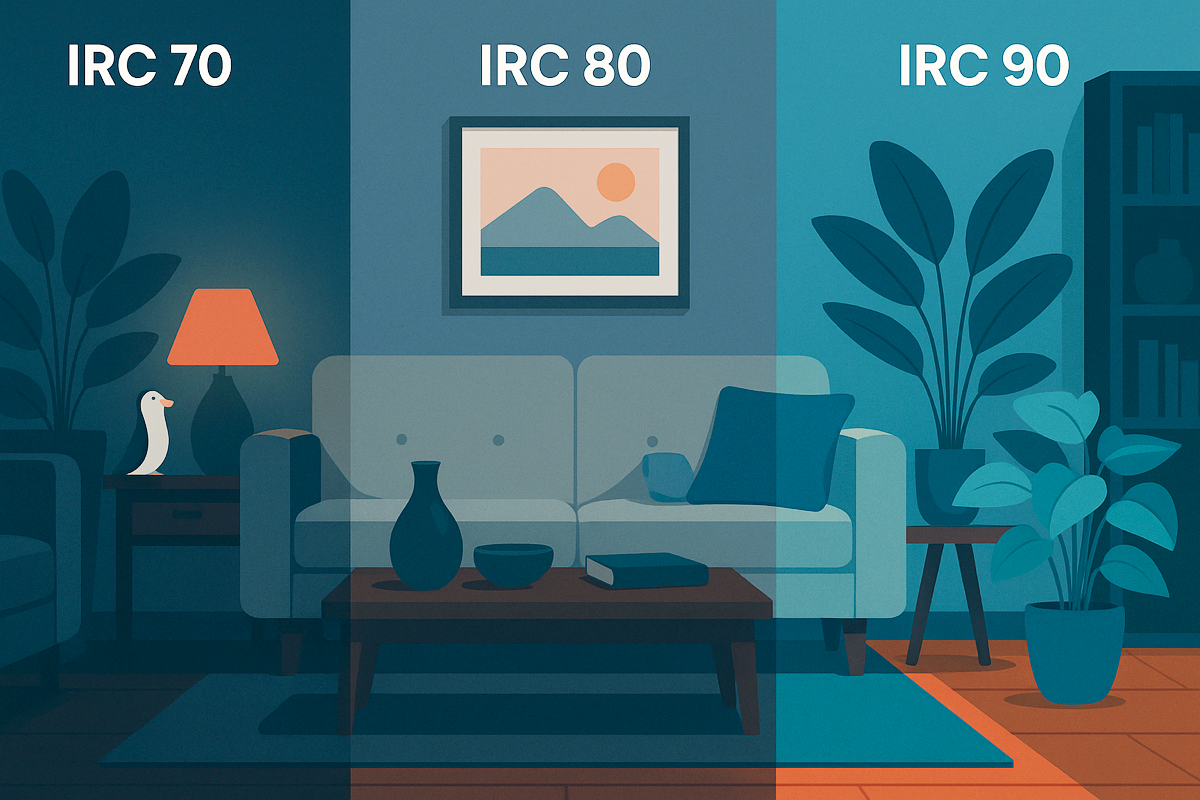Reading time: 8 min.
In short:
Home automation promised smart, seamless, and connected homes. Yet, for many, it remains a gadget. Why hasn't it really taken off yet? We explore the technical, cultural, and design reasons for this missed opportunity.
📌 Summary
Technological promises not kept
Home automation has been around for decades, but systems often remain unstable, poorly compatible, dependent on proprietary apps, or shaky connections. As a result, users quickly abandon the system.
Each device imposes its own logic, its own ecosystem. We end up with a slew of applications, hubs, and objects that struggle to communicate. Where everything should be automated, we end up spending our time troubleshooting.
And even with new standards (Matter, Zigbee, etc.), universality remains a mirage. The promise of simplicity still too often turns into a technical headache.
An often frustrating user experience
Paradox: Home automation was designed to simplify life. But in reality, it often adds layers of complexity. Poor interface, time-consuming settings, poor ergonomics: the experience is rarely seamless.
Many systems require a lengthy learning curve or a level of technical expertise that most lack. Not to mention the recurring bugs that ruin any confidence in automating everyday life.
A home automation system that needs to be "managed" becomes a mental burden. Technology should never weigh down our daily lives, but should fade into the background behind our comfort.
A real lack of aesthetic integration
White plastic boxes, ugly switches, outdated interfaces... home automation is rarely designed to fit into the design of a modern interior. It stands out, instead of blending in.
Tech brands often think in terms of engineering, rarely in terms of aesthetics. But a home is also a place of life, emotion, and beauty. If technology isn't beautiful, it will be ignored or rejected.
And this aesthetic rejection is often coupled with a cultural rejection: connected objects impose a robotic, standardized way of life, which does not appeal to everyone.
The key: invisible home automation
The home automation of tomorrow won't be flashy. It will be discreet, fluid, and designed for well-being. It will operate unnoticed, in the background. This is exactly what Laqi offers.
- A light that automatically adapts to your rhythm
- An invisible system, without buttons or daily management
Laqi's Circadian Egg controls all the light bulbs in your home. It sits in the center of your home, detects ambient light, and adjusts each light according to the time of day.
💡 Discover the Laqi Starter Kits
💬 FAQ
Do you have to be tech-savvy to use home automation?
No, not if the system is well thought out. Good home automation doesn't require any technical skills.
Will Matter really make everything easier?
It improves compatibility, but does not address the user experience or design issues.
Which home automation devices really make sense in everyday life?
Those that adapt to us without friction: light, temperature, security, and a few targeted uses.
Home automation shouldn't be seen, it should be experienced.
Technology shouldn't dictate our pace, but the other way around. At Laqi, we think of the home as a living, soothing space, adapted to your daily life. And that starts with light.














